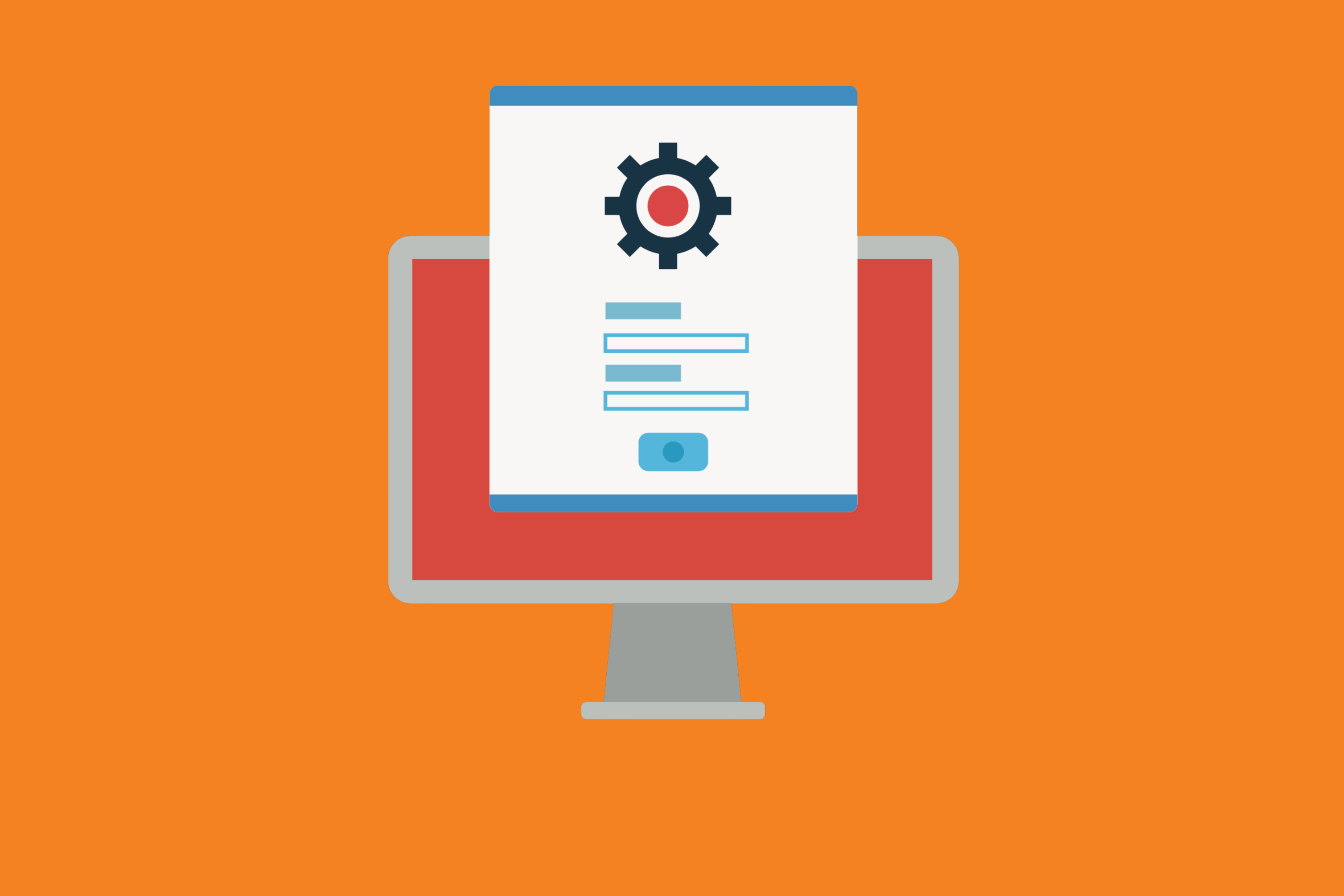Jenkins was initially built to catch any bugs in the code before anything was submitted to the repository and was designed to perform Continuous Integration (CI) by automating tests to code as changes were being made.
It’s also a great tool if your team uses Jira for project management, as Jenkins and Jira can easily plug into each other to make communication much more straightforward.).
Jenkins is still used in modern software development lifecycles. It enables and automates various processes (such as testing, building, and development). As a platform, it creates CI pipelines that define a series of actions a server will take for requisite tasks.
For example, as developers commit code to a Jenkins server, it automatically creates a build of code that will run through a testing sequence. If the build fails, Jenkins immediately notifies developers so that they can jump into fixing the bug or issue. On the other hand, if the build is issue-free and passes through all the automated testing seamlessly, the team will be notified that it’s ready for release. Jenkins, in a nutshell, helps speed up the coding of reliable products to enable Continuous Delivery (CD).
Does Everyone Use Jenkins for CI/CD?
While Jenkins is an excellent option for specific projects, not everyone uses the platform. There could be multiple reasons someone doesn’t choose Jenkins, but if a team is so inclined, there are also a variety of other similar options, including GitHub, GitLab, and CircleCI.
So, with other options out there, what makes Jenkins still so popular in 2023?
Why Teams Choose Jenkins for their Projects
There are multiple reasons Jenkins is so attractive to different companies. For example:
Jenkins is Widely Used
Jenkins has well over 15 million Jenkins developers worldwide and growth in Jenkins. That makes it easy to find talent to fill your team. Jenkins pipelines jobs continue to grow as well, showing that companies are continuing to invest in Jenkins and using it widely in their various projects.
Jenkins is Open-Source
Many companies gravitate towards open-source solutions to help them save money during development. With Jenkins being free, any organization can get started with very little overhead.
Jenkins is Easy to Install
One of the added benefits of open-source is often open-source solutions are easy to source and install. Jenkins was developed as a Java program that allows it to run on various devices and operating systems.
Jenkins is Distributed
Jenkins leverages a master-slave architecture with a central server (master) and a distributed workload (slaves) so that users can run multiple test environments and builds simultaneously. Users can use this distributed setup to, for example, develop and test code on multiple operating systems simultaneously.
There’s Lost of Community Support
Another great up-side to open-source products like Jenkins is that really vibrant user communities typically form around them. And, as a CI tool that’s been around for quite a few years now, the Jenkins community is diverse and mature. This makes it easy for newcomers to find tutorials, for example, or for seasoned users to source resources to help them build better.
Jenkins Has Every Plug-in Imaginable
A great benefit of choosing a mature solution like Jenkins is that not only is the tool plug-in friendly, there’s a massive catalog of plug-ins to help extend its functionality. Users of Jenkins can find almost 2,000 community-developed tools designed to work with and enhance Jenkins in various ways. If you’ve thought about what might be a nice-to-have addition to Jenkins, chances are someone has already thought of it and developed a tool to make it happen.
So Why Isn’t Everyone Using Jenkins?
While Jenkins has a lot of upsides (it’s mature, open-source, and offers plug-ins that allow all users to build out their core functionality), it has its downsides. For example, many teams find the user interface off-putting. Advanced configurations can also be tricky to pull off, which can cause headaches for developers. There are definitely more “user-friendly” CI solutions out there.
How to Get the Most Out of Jenkins in 2023
If you are ready to jump into Jenkins, there are a few tips to take to heart that will help you benefit from the platform. For example:
- You need to reflect on security. Teams should keep their Jenkins server secure by using some authentication process. Backing up the “Jenkins Home” directory is also critical. That’s where all configurations and log information is kept.
- Be strategic with your plug-ins. With hundreds of plug-ins at your fingertips, it’s tempting just to keep adding more and more. However, too many plug-ins can slow down processes, which will delay your ultimate goal of speeding up delivery times.
- Make sure to have some talent on your team that is well-versed in Jenkins. Choosing Jenkins when your entire team’s expertise lies in CircleCI or GitHub, for example, may not make sense.
Do you use Slack and Jira?
Take them to the Next Level with our integration
→ Try it For Free ←
Want more Bitband insights? Check out:



